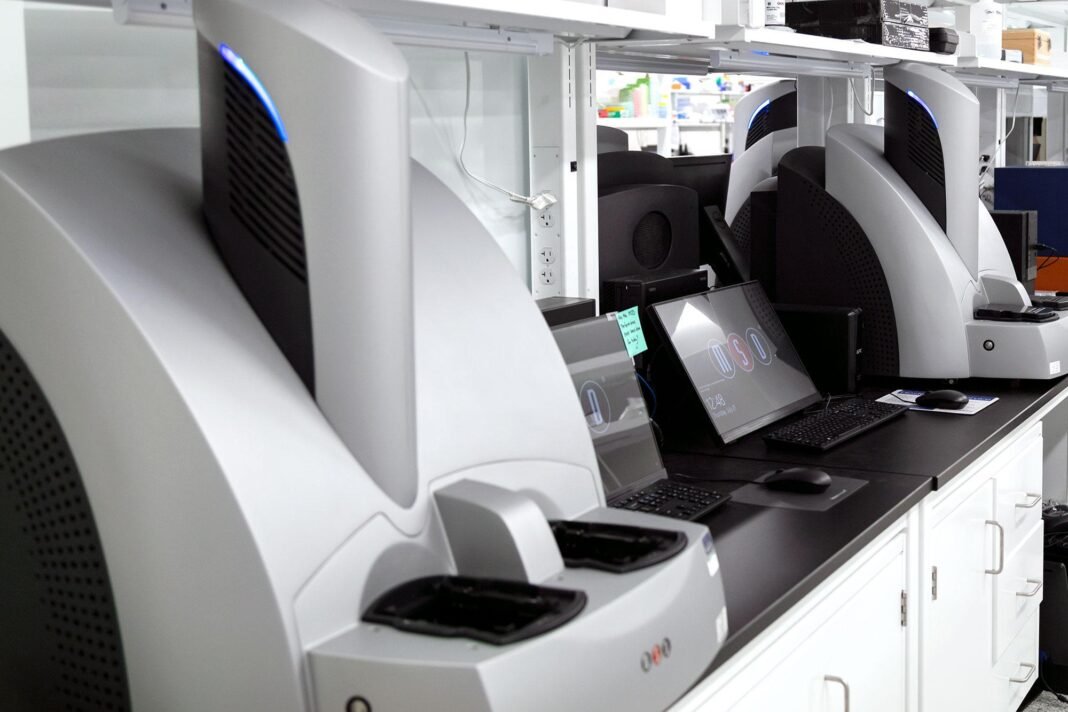Meso Scale Discovery (MSD) is an efficient platform for measuring analytes in biomedical, Life Sciences, and new drug discovery and development processes. MSD assays provide enhanced sensitivity, broader dynamic range, require lesser sample volumes, and handle complex study matrices. Besides, they have a wide range of assay types, including MSD biomarker and MSD cytokine assays. Hence, MSD assays have become an essential tool for every step in drug discovery and development research.
MSD assays are similar to traditional ELISA assays. The primary steps involve coating microplates with capture reagents, followed by blocking, adding samples, and then detection antibodies, reading the microplate, and analyzing data. The main difference between MSD and ELISA assays is that MSD uses electrochemiluminescence detection compared to the colorimetric reaction used in ELISA assays. As MSD assays have become the first choice in drug development studies, let us focus on the primary parameters and acceptance criteria for the MSD platform. We shall first understand the primary parameters of MSD assays and then move on to acceptance criteria.
Primary parameters for Meso Scale Discovery platform
Assay technique and plate types are two crucial parameters researchers must decide on while using the MSD platform. Sandwich ELISA is the primary technique used in MSD assays. However, competitive or direct binding can also be used in MSD platforms.
The three possible sandwich MSD assay formats include:
- MSD Sulfo-Tag labels directly conjugated to the detection antibody
- A biotinylated detection antibody is conjugated to the Sulfo-Tag Streptavidin molecule
- A detection antibody binding the Sulfo-Tag label that is conjugated to an anti-species antibody.
Besides, MSD can be used without an antibody-based capture reagent. Other capture materials researchers can use in the MSD platform include antigens, peptides, lysates, carbohydrates, membranes, cells, and virus-like particles.
MSD platform comes with two different plate types, hydrophobic and hydrophilic surfaces. Based on the surface type and electrode size, researchers can decide the load of capture antibody to be coated on the surface. It is crucial to note that high bind hydrophilic plates analyze quantification at higher concentrations, whereas standard hydrophobic plates offer higher sensitivity. Hence, researchers can accordingly choose the type of plate for their bioanalysis.
Must Read: The Future of ELISA Monoclonal Antibody in Clinical Research
Acceptance criteria for MSD platform
According to the FDA Bioanalytical Method Validation Guidance for Industry and Immunogenicity Testing of Therapeutic Protein Products, the acceptance criteria for MSD immunoassays are similar to other ligand binding assays. As MSD assays are multiplex platforms, each analyte must be rigorously evaluated for accuracy and precision. Ideally, scientists must establish negative controls and duplicated seven-point calibration curves while following MSD protocols.
Besides, scientists can incorporate an additional calibration at lower levels of analyte concentration to increase the sensitivity of MSD assays. The standard/calibrator curve for MSD assays is evaluated based on a 4-parameter logistic model. In this model, the deviation for each standard/control must be ± 20% of the nominal value. Similarly, the coefficient of variation should be ± 20%. Besides, scientists can add an extra three to six positive controls to evaluate dilution linearity, recovery, matrix effects, and process stability. Not to mention, MSD assays must be evaluated for variability between assay runs.


